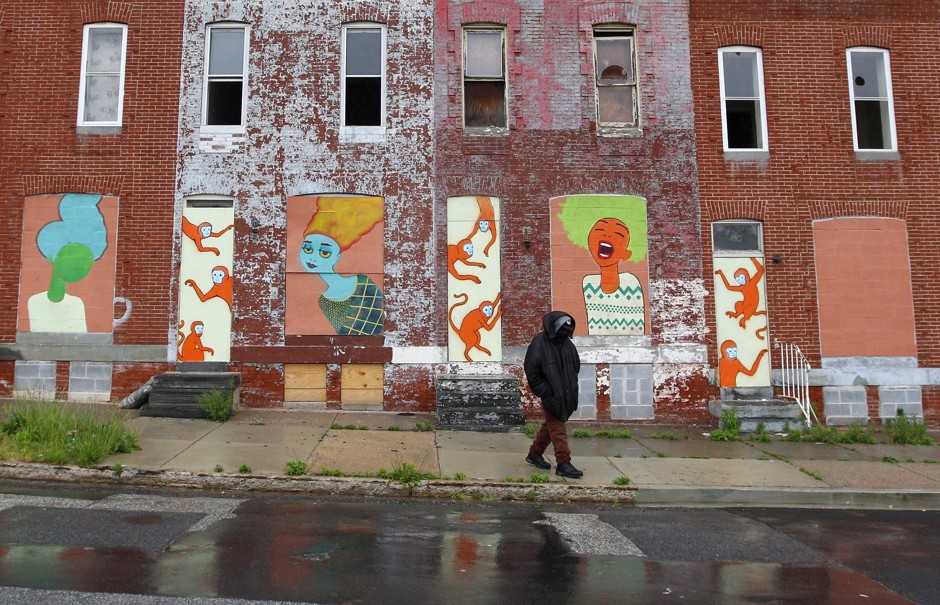Baltimore City Council enacts the first racial zoning ordinance in 1910, explicitly barring African Americans from moving into majority-white blocks. Mayor Barry Mahool explains, “Blacks should be quarantined in isolated slums in order to reduce civil disturbance, to prevent the spread of diseases into nearby white neighborhoods and to protect white property values.”
The Supreme Court overturns the ordinance in 1917, not because it abridges Black rights, but because it abridges white property owners’ rights as it does not allow them to sell to whomever they wished.
In the 1930s the federal lending agencies join with mortgage banks to evaluate the credit worthiness of all Baltimore neighborhoods, thus giving guidance in providing mortgages. Explicit maps show Black neighborhoods marked in red lines indicating the lowest property values and highest credit risks, while neighborhoods marked in green have the lowest credit risk. Blue and yellow areas have intermediate rankings. Thus the professionalism of banks and the real estate industry transform policy into firm discriminatory practices. The segregation resulting from these practices strangles Baltimore neighborhoods for years.







